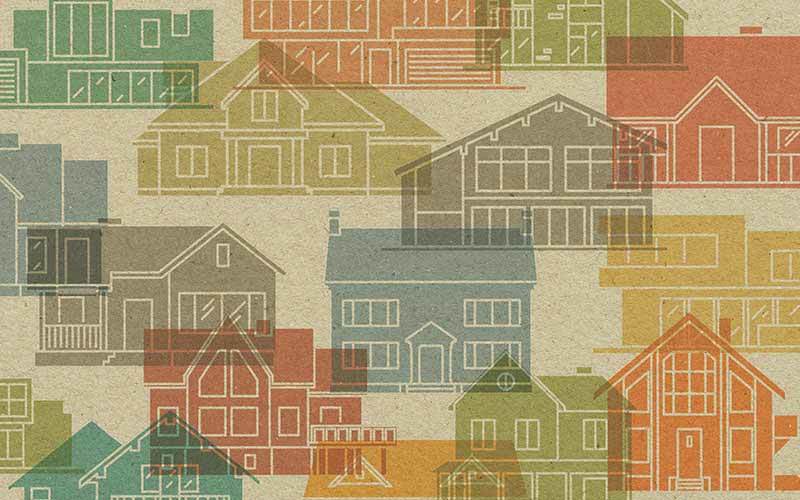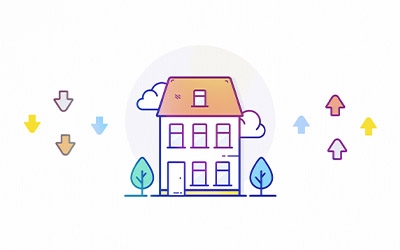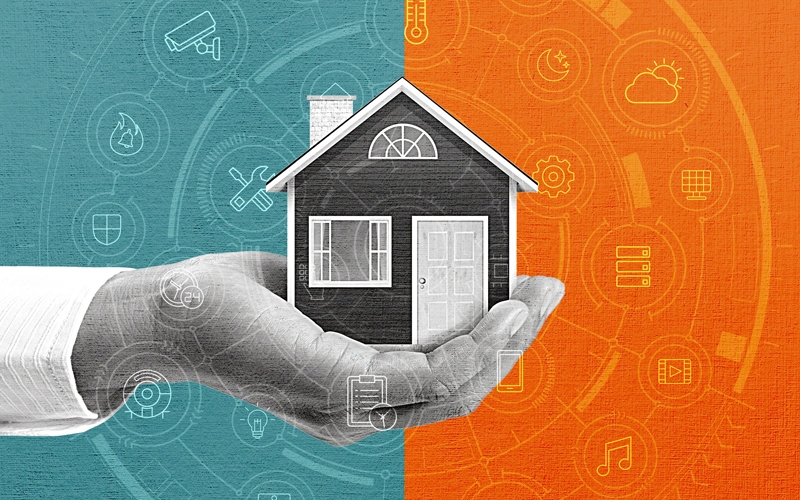Industry Trends
Smart is in: The global smart-home market size is projected to eclipse $622 billion by 2026. And with limited housing inventory and higher home prices creating a perfect storm for more remodeling activity, smart-home technology brands have a rare opportunity to build and capitalize on a business that’s already booming.
I recently talked to Grant Farnsworth, president of The Farnsworth Group and managing partner of the Home Improvement Research Institute, about his outlook on the smart-home market.
“It will be interesting to monitor this evolving category and watch how brands accommodate multiple audiences that are engaging with smart-home technology,” he said.
I hope you’ll find that these ideas augment your work within one of the most exciting spaces in the home and building category.
1. Smart-home tech is being leveraged in the second-home market.
The demand for second homes and Airbnb properties grew in 2020. In fact, according to national online broker Redfin, mortgage rate locks on second homes skyrocketed to 128% in 2021. The yearly spike in demand for second homes is four times the 34% year-over-year increase for primary homes.
“We saw a huge boom in the second-home market during the pandemic,” Farnsworth said. “Oftentimes, those second homes are great cases for remote monitoring, remote garage openers, remote sensors, and remote doors and locks. These features allow the homeowner, whether they’re renting it out or not, to have eyes on the property.
“I think we have and will continue to experience owners of second homes needing some smart technologies to be able to monitor those homes from a distance.”
2. Smart-home tech is the conduit between health and wellness.
The Connected Home, a recent study produced by HIRI and Trend Hunter, indicates that wellness considerations influence smart-home product design now more than ever. People are spending more time at home, and they’re turning to technology that helps them make wellness a priority.
“We’ve certainly been hearing from contractors that they’ve gained traction throughout the COVID-19 pandemic for projects that are health- and wellness-related,” Farnsworth said. “Now, we’re starting to see a growing interest in indoor air quality and HVAC-related products, specifically regarding how these products can communicate a response to indoor conditions as they change.”
3. Retail is the dominant route to market for smart-home products.
According to HIRI’s new State of the Smart Home study, retail serves as the primary outlet for smart-home devices in the United States. In a landscape where homeowners are leaning more heavily toward DIY, changes in certain product categories have made it simpler for consumers to do the work in a category that has traditionally been more sophisticated.
“There’s a lot of sophistication around smart-home products, especially wired and Control 4-type systems that are more pro-install-oriented,” Farnsworth said. “But we’re also seeing more products and categories that are designed for the DIYer to install — even alarm systems like Ring and Simple Safe.
“Fifteen years ago, we never would have thought about that. And this increasing focus on DIY orientation yields really strong retail sales.”
However, integrators are still an extremely important audience for manufacturers and are required in many new-build projects: According to CEDIA research, more than half of integrators’ revenue comes from single-family residential and multifamily construction.


